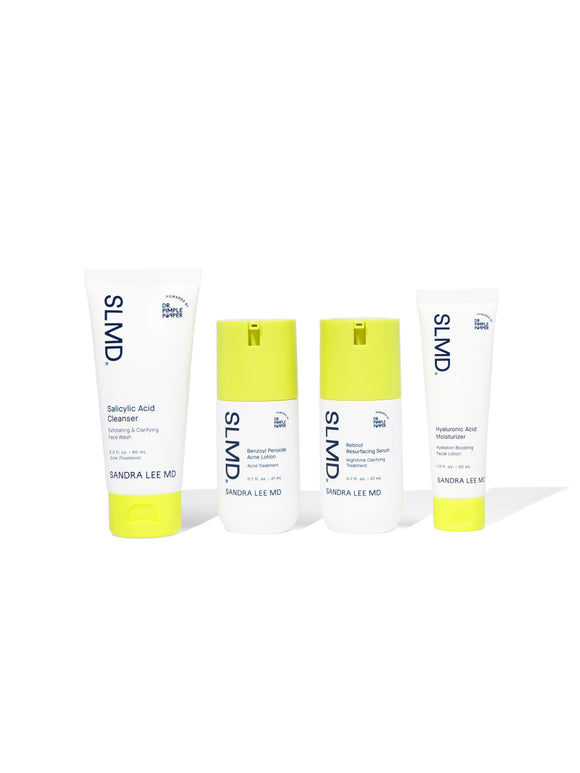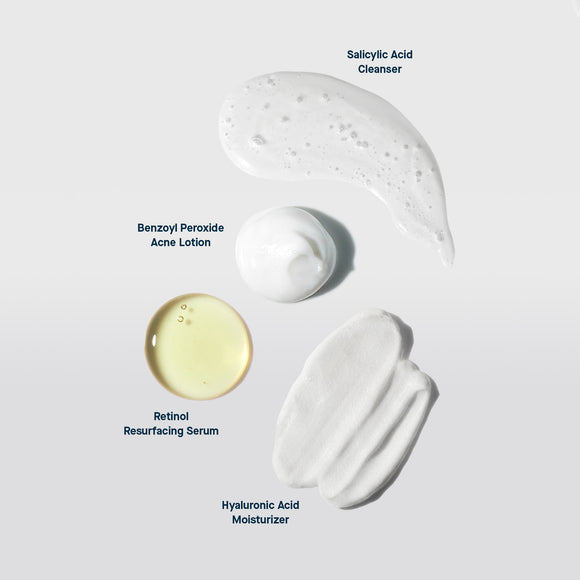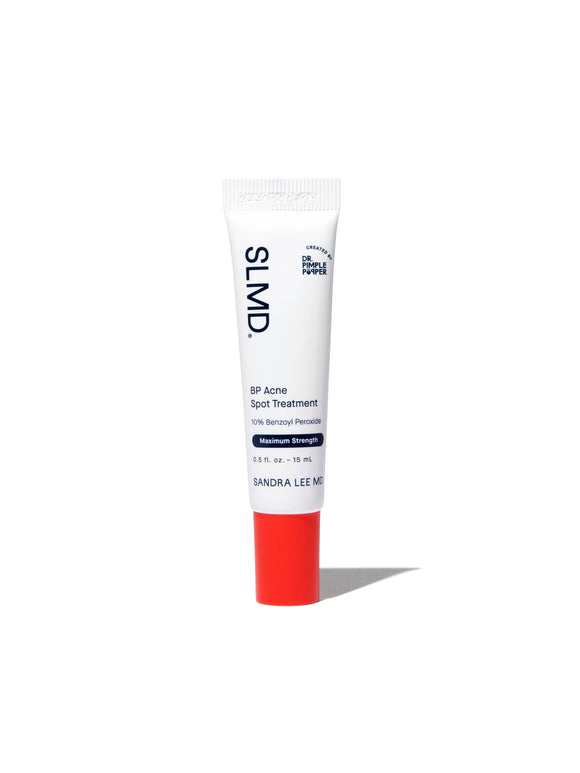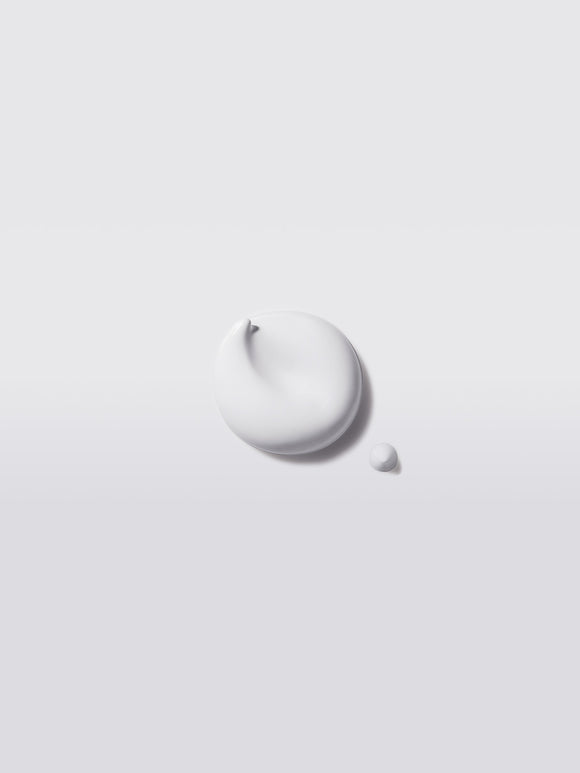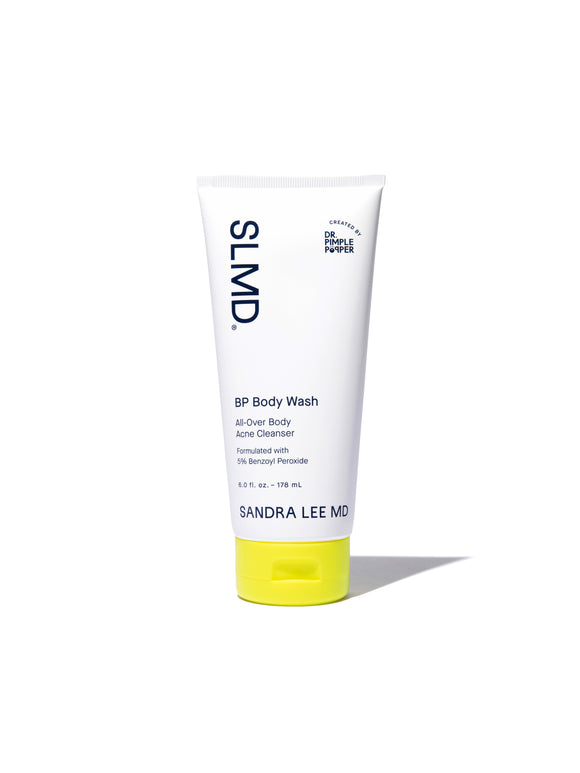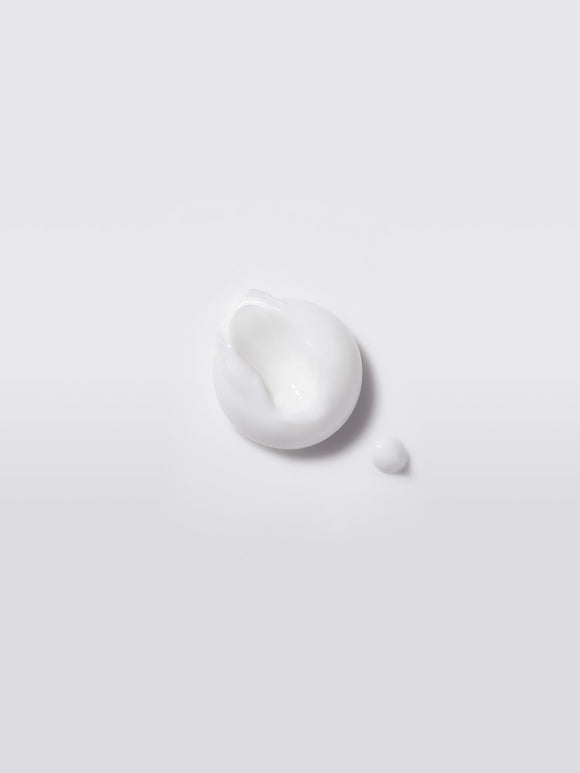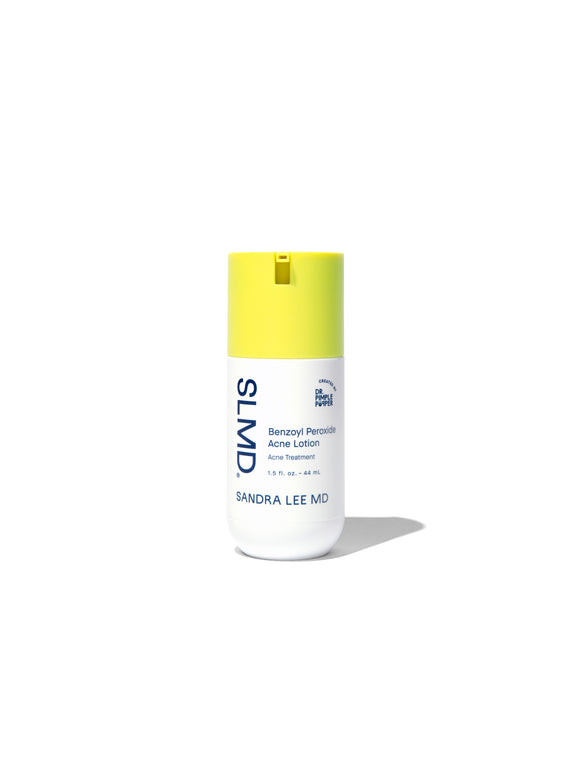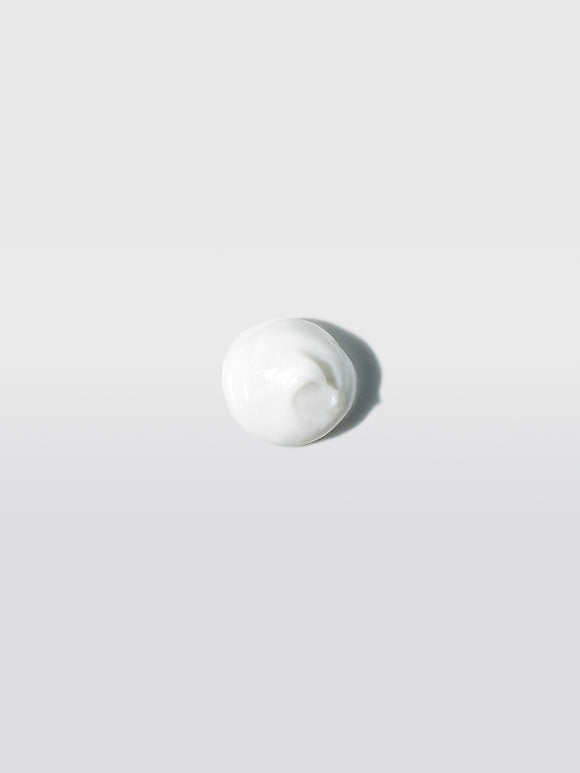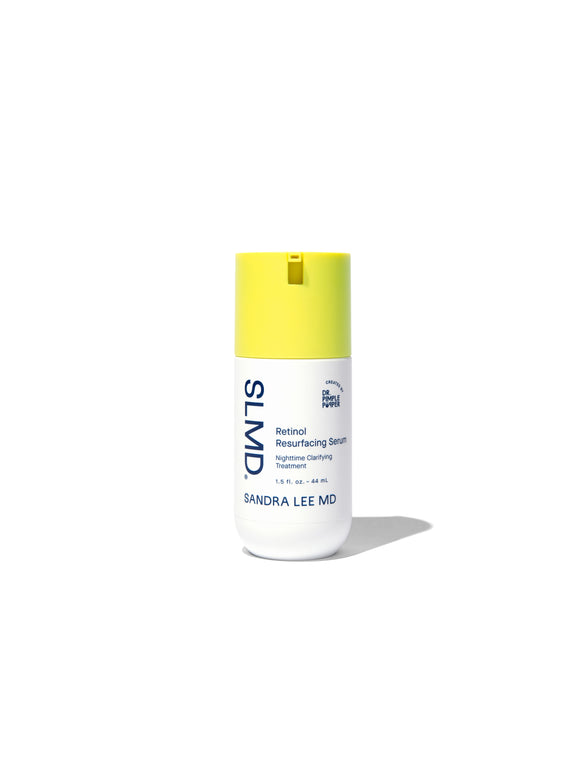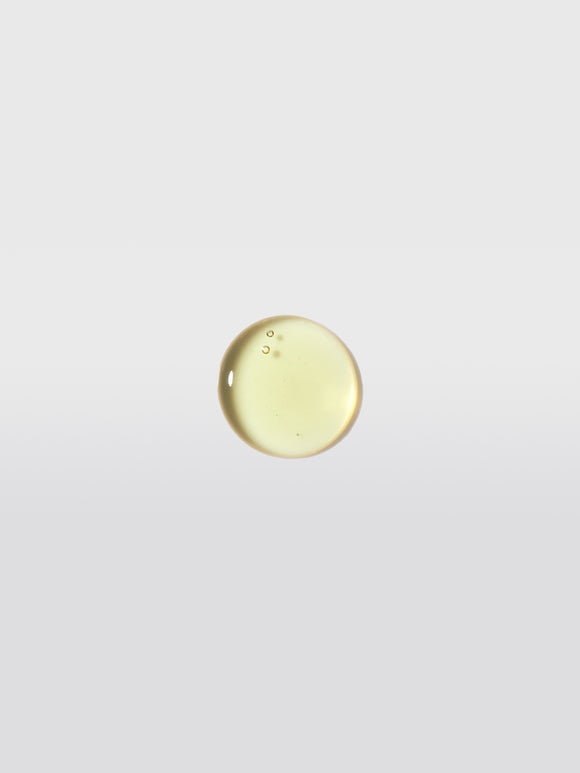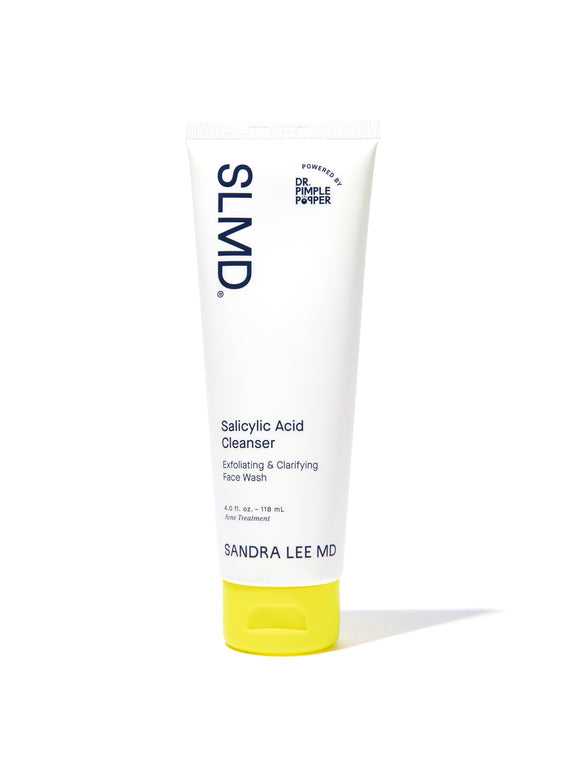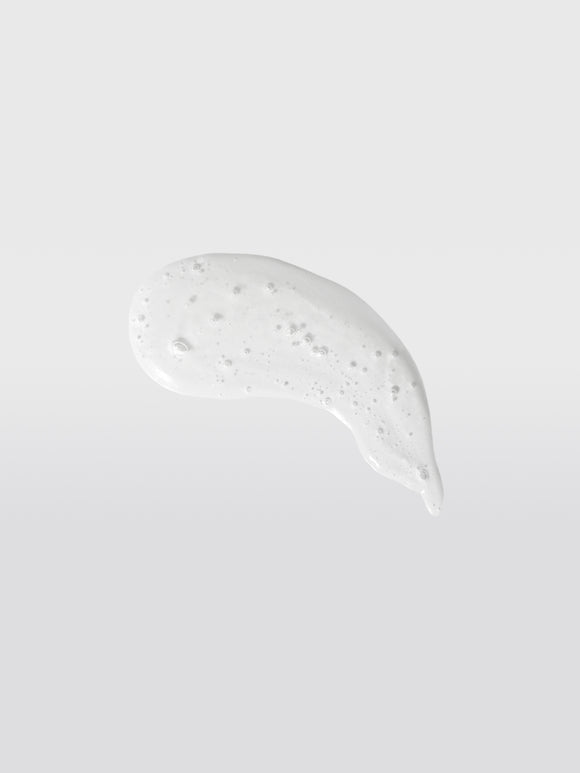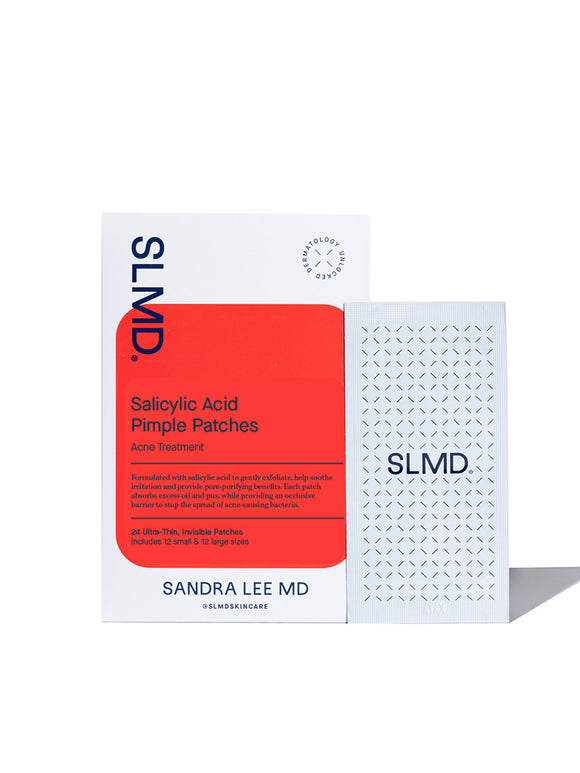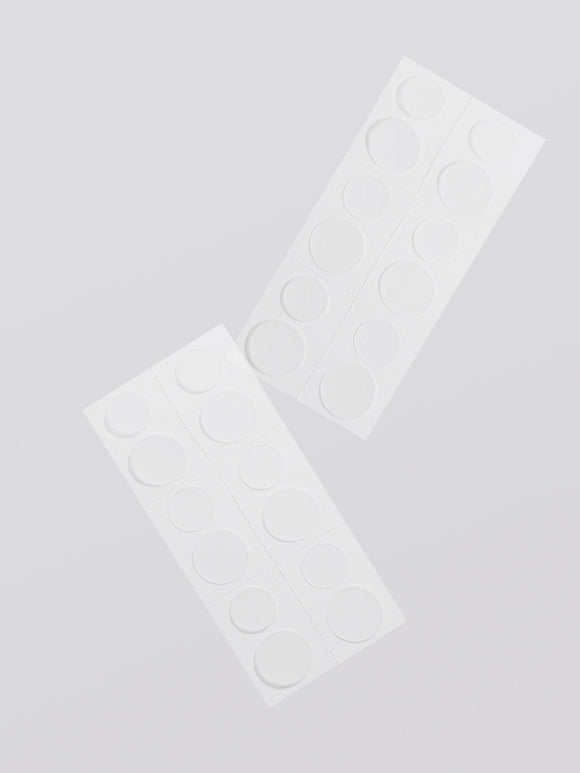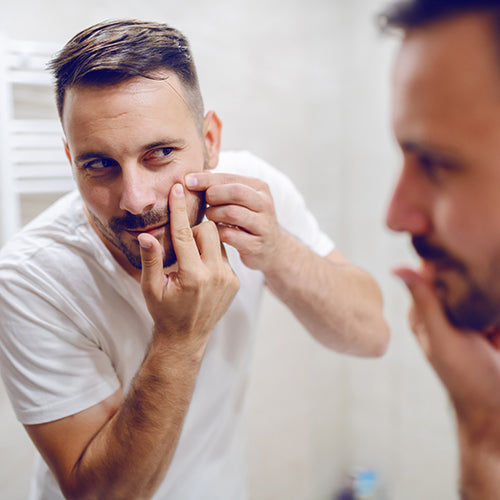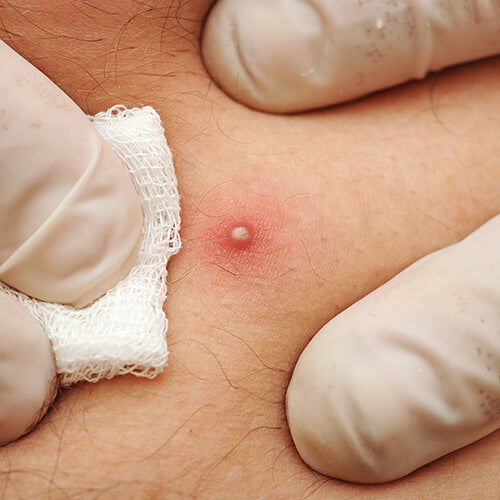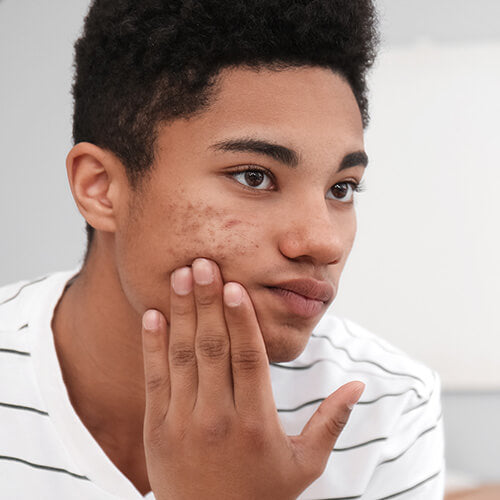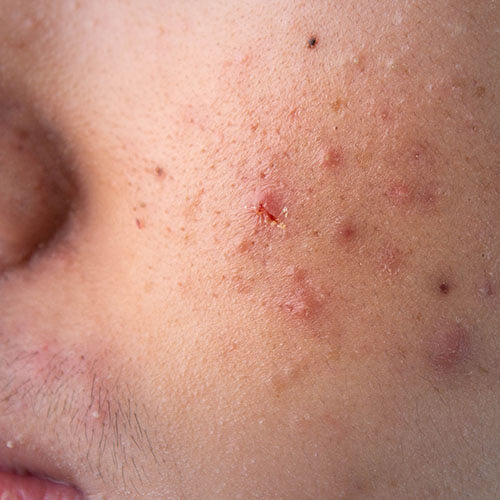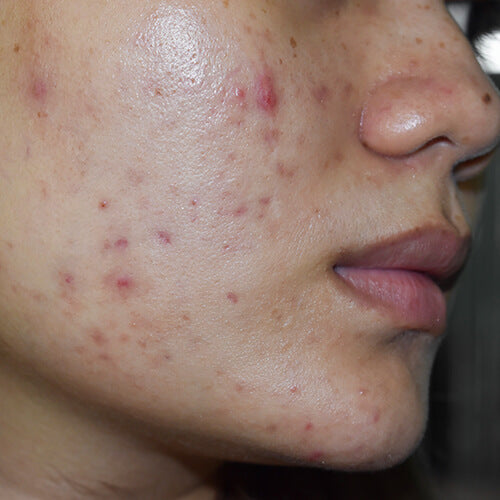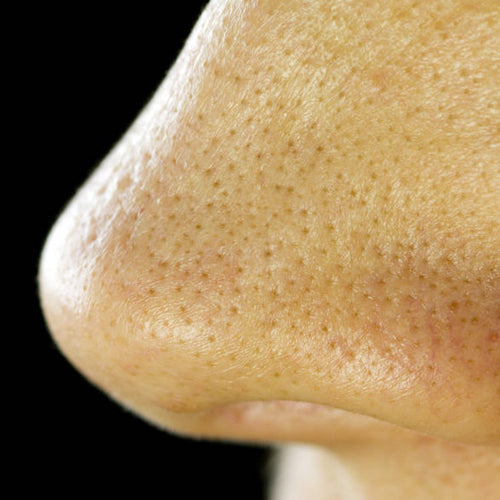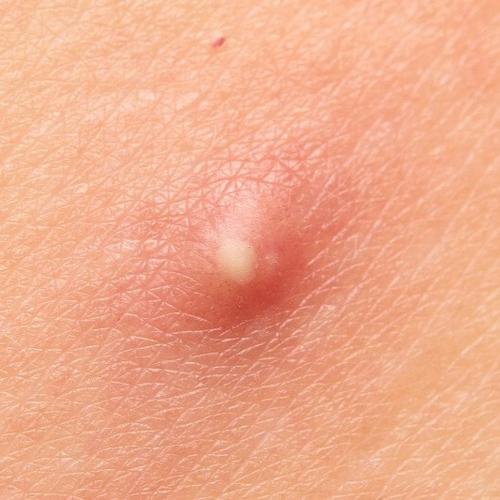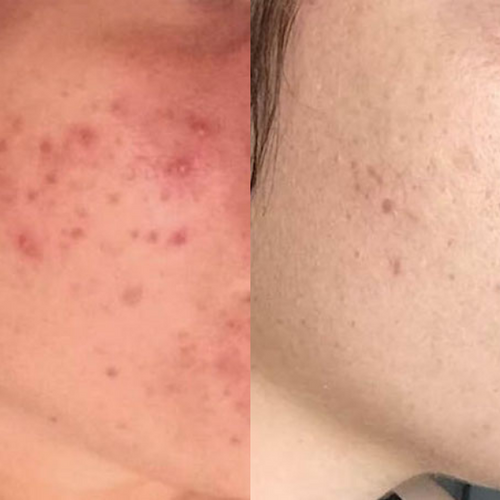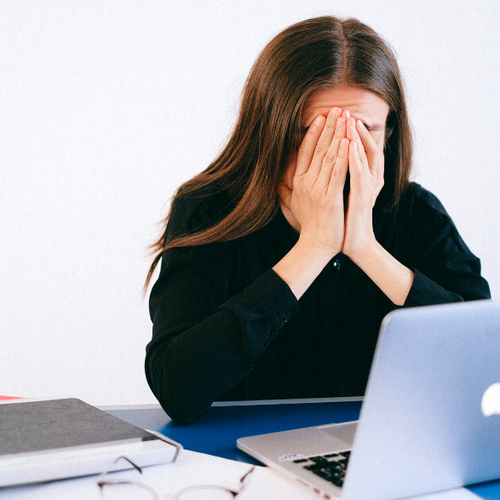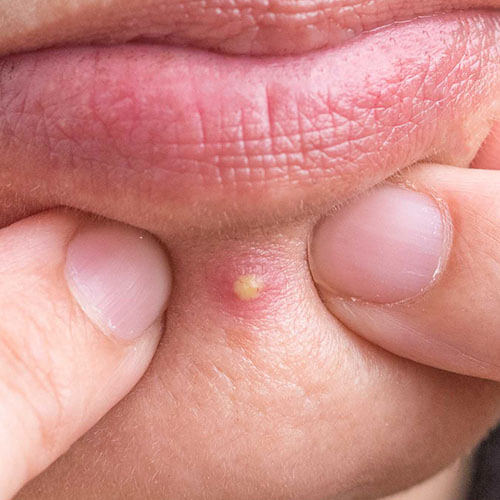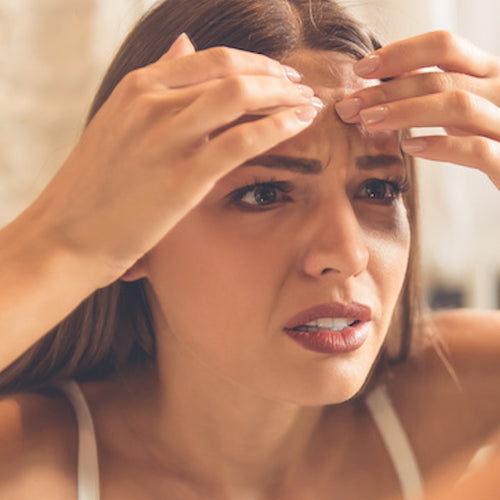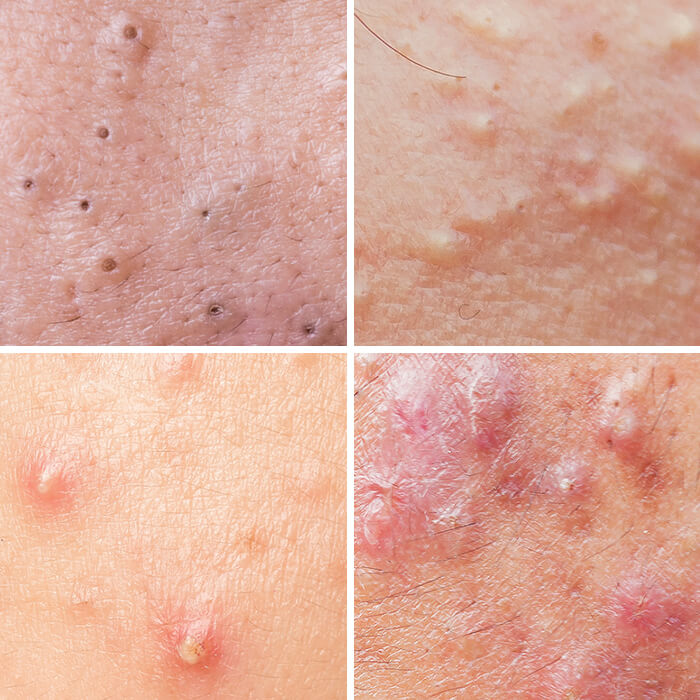
Everything You Need to Know About the Different Types of Acne
Yes, it matters: because different types of pimples need different treatments.
Published:
4 minute read
As long as you’re human, acne is pretty much inescapable: experts estimate it affects up to 90% percent of the planet at some point. Which makes it surprising to realize that many of us don’t have a clue that there are different types of acne — let alone why that even matters.
Turns out, the variety of acne vulgaris (aka common acne) that a person has is the key to choosing the right treatment. So how do you figure out what type of acne you have? Ask SLMD founder Sandra Lee MD (aka Dr. Pimple Popper) — of course.
Article Quick Links
What are the types of acne?
All types of acne start inside the pores, which contain a hair follicle and a sebaceous gland that produces sebum, our skin’s natural oil. The body is constantly regenerating and shedding dead cells, but when those dead skin cells get trapped within the sebum of our skin, they combine to create non-inflammatory acne. If bacteria is present on the skin, it can combine with the dead cells and oil and cause an infection, otherwise known as inflammatory acne.
No matter what type of acne vulgaris you have, the condition is influenced by several factors, which we’ve been over before:
- Genetics
- Hormones
- Environment
- Lifestyle
How can you tell if you have non-inflammatory acne?
This type of acne, also called comedones, are simply clogged pores. You probably know them as blackheads and whiteheads, maybe even as the building blocks of acne.
- A blackhead is an open comedo, meaning that the clogged pore is open to the surface of the skin, and the air has oxidized the gunk inside, turning it black.
- A whitehead is a closed comedo, meaning the dead skin and sebum are unexposed but trapped within the skin.


How to treat non-inflammatory acne
If you have blackheads and whiteheads, the key is to unclog your pores and prevent bacteria from infiltrating them. A cleanser with beta hydroxy acid (aka salicylic acid) that’s oil soluble is ideal, since it can penetrate into pores, soothing active acne and preventing future breakouts. For individual pimples, try a more potent salicylic acid-based spot treatment.
After cleansing, an exfoliating treatment (like a serum or pre-soaked pad) can boost cell shedding, especially if it contains alpha hydroxy acids, which weaken the bonds holding dead cells together. This helps prevent those cells from getting trapped within pores to cause blackheads and whiteheads.
Dr. Lee issues a word of caution, however, to listen to your skin and not overdo exfoliating treatments. Stripping skin can lead to dryness, irritation, excessive peeling, and even exacerbate breakouts.
Try: SLMD Salicylic Acid Cleanser, Salicylic Acid Spot Treatment, Salicylic Acid Pimple Patches, AHA/BHA Swipes
Non-inflammatory acne is also typically responsive to topical retinoids, a class of ingredients derived from vitamin A. Retinol is an effective retinoid that can be found in over-the-counter products like SLMD Retinol Resurfacing Serum. Just remember to only apply it at night because it is deactivated by the sun and might make skin more sensitive to the sun’s UVA and UVB rays.
How can you tell if you have inflammatory acne?
Cutibacterium acnes, or C. acnes for short, is a bacteria that loves to feed on the sebum within our skin. When C. acnes bacteria gets into clogged pores it reproduces rapidly, causing inflammation. Your body then rushes blood to the scene to try to fix it, causing even more redness and inflammation.
Papules and pustules are the main types of inflammatory acne. Papules are red and hard, while pustules usually have a white head that’s surrounded by red, irritated skin.

The most severe types of acne, however, are nodular and cystic acne that form deeper into the dermis. Acne nodules are hard, inflamed lumps, while cysts are filled with pus — both are large, red, and painful. It’s also the main type of hormonal acne, which is caused by an imbalance of hormones due to your genetics.

How to treat inflammatory acne
To treat papules and pustules, choose products formulated with benzoyl peroxide, an effective ingredient that kills acne-causing bacteria. SLMD Benzoyl Peroxide Acne Lotion is a lightweight treatment for everyday use, and BP Acne Spot Treatment is a maximum-strength, targeted solution for especially stubborn pimples.
To best manage inflammatory acne, Dr. Lee recommends using a combination of benzoyl peroxide, salicylic acid and retinol, found in her SLMD Acne System. People sensitive to benzoyl peroxide may want to consider using sulfur, which treats acne by inhibiting the growth of bacteria and regulating oil without being too irritating or drying.
For cystic acne, dermatologists may take a different approach extending beyond the above over-the-counter ingredients — such as prescribing oral medications, offering cortisone injections, or chemical peels, along with other in-office treatments like lasers. These treatments can be a very powerful resort for severe or cystic acne — just be sure to consult with your physician to best decide what is the safest and best approach for you.

Dr. Lee's Last Word
Acne is certainly one of the most common skin concerns my patients have. The good news is that we can definitely help you manage it with dermatological ingredients. Identifying your specific type of acne is the first step in building a skincare regimen to treat it.



